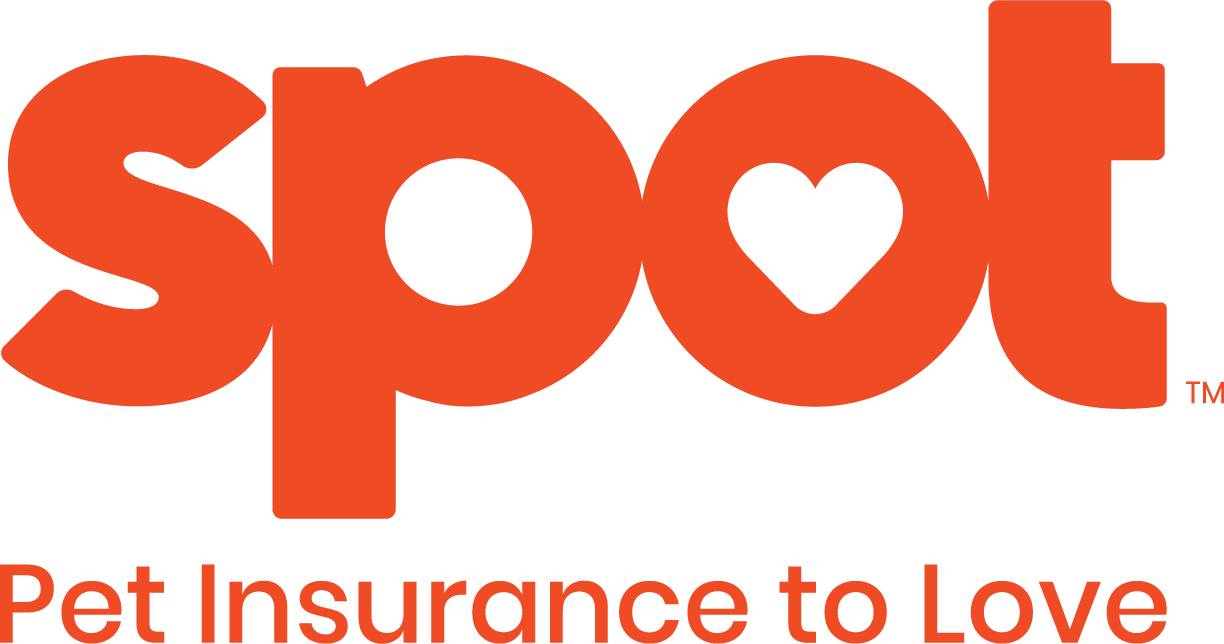
The post Average Cost of Pet Care by Sarah Horvath appeared first on Benzinga. Visit Benzinga to get more great content like this.
If you own a pet, you already know that there are a range of costs associated with responsible pet ownership. Taking these costs into account before you buy or adopt a pet can help ensure you choose an animal whose care you can afford.
Learn more about the true cost of a pet, how you can save on pet care with pet insurance and how your pet’s breed and age affect your care costs.
Contents
- Average Cost of Caring for a Dog
- Common Age Restrictions for Dog Insurance
- Average Cost of Caring for a Cat
- Common Age Restrictions for Cat Insurance
- Risk Factors for Dogs
- Risk Factors for Cats
- The Cost of Caring for Exotic Animals
- Compare Pet Insurance Companies
- Frequently Asked Questions
Average Cost of Caring for a Dog
How much does it really cost to own a dog? The first thing to consider before getting your first pet is the initial costs associated with bringing your furry friend home. This is especially important for dog lovers — the first year of owning a dog is often twice as expensive as your second year because of initial investment expenses.
If you’re planning to purchase a dog from a reputable breeder, you’ll usually pay anywhere from $500 to more than $2,000 for a purebred. However, you can save money and help lovable dogs searching for a new owner by adopting. When you adopt instead of buying, you’ll typically pay as little as $50 to $200 for your initial fee.
No matter where you get your pet, make sure they are fully vaccinated as soon as possible. The price for vaccinations varies depending on the age of your dog. If you’re bringing home a puppy, expect to spend between $50 and $300 on vaccinations.
Puppies need to visit the veterinarian multiple times in their first weeks of life, and you can expect to spend between $100 and $300 per visit. When your puppy reaches an age where they can be spayed or neutered, you’ll typically pay between $150 to $700 with pet insurance for dogs.
The initial cost of owning a dog in your first year may drop hundreds of dollars when you adopt an older dog that already has its shots and has been spayed or neutered by a previous owner.
Pet care costs for dogs go far beyond their first year in your family. Dogs and puppies also have recurring expenses you’ll need to account for, including the following.
Dog necessity
Average cost annually
Food
$250 to $700
Toys
$25 to $50
Beds
$50 to $200
Routine veterinary visits
$700 to $2,000
Ongoing preventive medications and care
$200 to $600
Training or obedience classes
$25 to $300
Pet sitting or kennel costs
$100 to $300
Total average costs
$1,350 to $4,150
The bottom line? Caring for a dog may cost between $1,350 and $4,150 for each year you own your furry friend. If you adopt instead of buying your new pet, you potentially can save thousands of dollars in initial expenses.
Common Age Restrictions for Dog Insurance
Buying pet insurance for dogs is an excellent way to give yourself the peace of mind that comes with knowing you’ll have help paying for veterinary emergencies or any emergent health problems.
However, most pet insurance plan providers have maximum ages for pets whose owners are looking to enroll them in coverage. The most common age restriction for dog insurance is between 10 and 12, meaning that the insurance company isn’t likely to insure your pet after this age. Get coverage before your pet meets this maximum to ensure plan availability.
Average Cost of Caring for a Cat
If you plan to adopt a cat, you’re likely to spend much less both annually and on your initial costs. While purchasing a feline with a purebred pedigree is nearly as expensive as buying a dog from a breeder (between $200 and $2,000), adopting a cat will typically cost between $50 and $100.
Like adopting a puppy, kittens need regular vaccination visits, which cost around $100 to $200 per visit. It usually costs between $50 to $150 to spay a female cat or $35 to $100 to neuter a male cat. Another benefit of adopting a cat: Most shelters spay and neuter felines before they put them up for adoption.
Cats also require ongoing expenses to maintain a healthy, quality life. Some recurring costs you can expect when you adopt a cat include the following.
Cat necessity
Average cost annually
Food
$150 to $750
Toys
$10 to $100
Routine veterinary visits
$80 to $120
Ongoing preventive medications and care
$50 to $250
Cat litter and litter box accessories
$150 to $200
Total average costs
$440 to $1,420
As you can see, the annual cost of owning a cat is much less than owning a dog. Cats can be just as cute, loyal and fun loving as dogs, so if you’re not sure if you can cover a dog’s ongoing expenses, a cat might be the best choice for your family.
Common Age Restrictions for Cat Insurance
Like dogs, you can also purchase pet insurance for cats, typically at a lower cost than you’d pay insuring a dog. While cats are considered to be senior citizens anywhere between their 7th and 11th birthdays, many pet insurance providers (like the ASPCA and Pet Plan) do not have maximum age limits for cats. Ask your insurance provider specific cat restrictions.
Risk Factors for Dogs
Understanding the risks insurance companies take into account when pricing your pet insurance premium can help you find the most affordable pricing. Some of the largest things your pet insurance company will consider when calculating dog insurance include the following.
- Breed: Some breeds of dogs are more prone to illnesses than others. For example, pugs are known to be at a higher risk for Pug dog encephalitis and canine hip dysplasia (CHD), which increases the price that pug owners pay for insurance.
- Age: As your pet gets older, the risk of developing an illness or sustaining an injury increases. The older your dog is, the more you’ll pay for insurance.
Many insurance companies that offer dog insurance allow you to choose your plan deductible. Choosing a higher deductible can help you lower the price of your insurance.
Risk Factors for Cats
Insurance risk factors also come into play when pricing cat insurance. Some factors that influence the price of cat insurance include the following.
- Gender: Research shows that male cats are more likely to be injured than female cats. As a result, owners of male cats pay more for insurance coverage.
- Age: Like dogs, cats become more prone to injuries and illnesses. Owners of older cats pay more for coverage than younger cats.
If you own a younger pet, you may want to search for a pet insurance company that doesn’t increase your insurance premiums as your pet ages.
The Cost of Caring for Exotic Animals
If you’re looking to adopt a more exotic pet, be prepared for higher pet costs. Animals like snakes, parrots and horses often see specialized veterinarians when they are sick or injured. Visits to a specialized vet cost more than a visit to a general veterinarian, so you’ll need to expand your healthcare budget.
In addition, most major insurance companies do not insure any type of animal beyond cats and dogs. If you own an exotic pet, search for an insurance company that offers an expanded range of insurance plans for various species — like Nationwide.
Compare Pet Insurance Companies
Owning a dog or cat might be more expensive than you originally thought — and these care costs don’t include the price you’ll pay for emergency vet bills. Investing in a solid pet insurance plan can help you ensure that your four-legged friend always has access to the care they need.
Benzinga offers insights and reviews on the following pet insurance providers. Consider beginning your search for coverage with a few of the links below.
Frequently Asked Questions
How much does the average person spend on pet care?
The average dog owner spends about $1,201 on their pet’s care each year. Cat owners spend about half of that amount taking care of their pet, with care costs coming in at around $687 annually.
Answer Link
What are the costs of owning a pet?
Every pet requires a few necessities and ongoing medical care. Before you buy a pet, consider the cost of food, toys, accessories, annual veterinary visits and grooming. You may also have specialized needs that depend on the type of pet you own — like a cage for a bird or a leash for a dog.
Answer Link
Is pet insurance worth it?
Pet insurance is definitely worth it if you want to avoid high vet bills when taking your pet to the vet.
Answer Link
The post Average Cost of Pet Care by Sarah Horvath appeared first on Benzinga. Visit Benzinga to get more great content like this.




